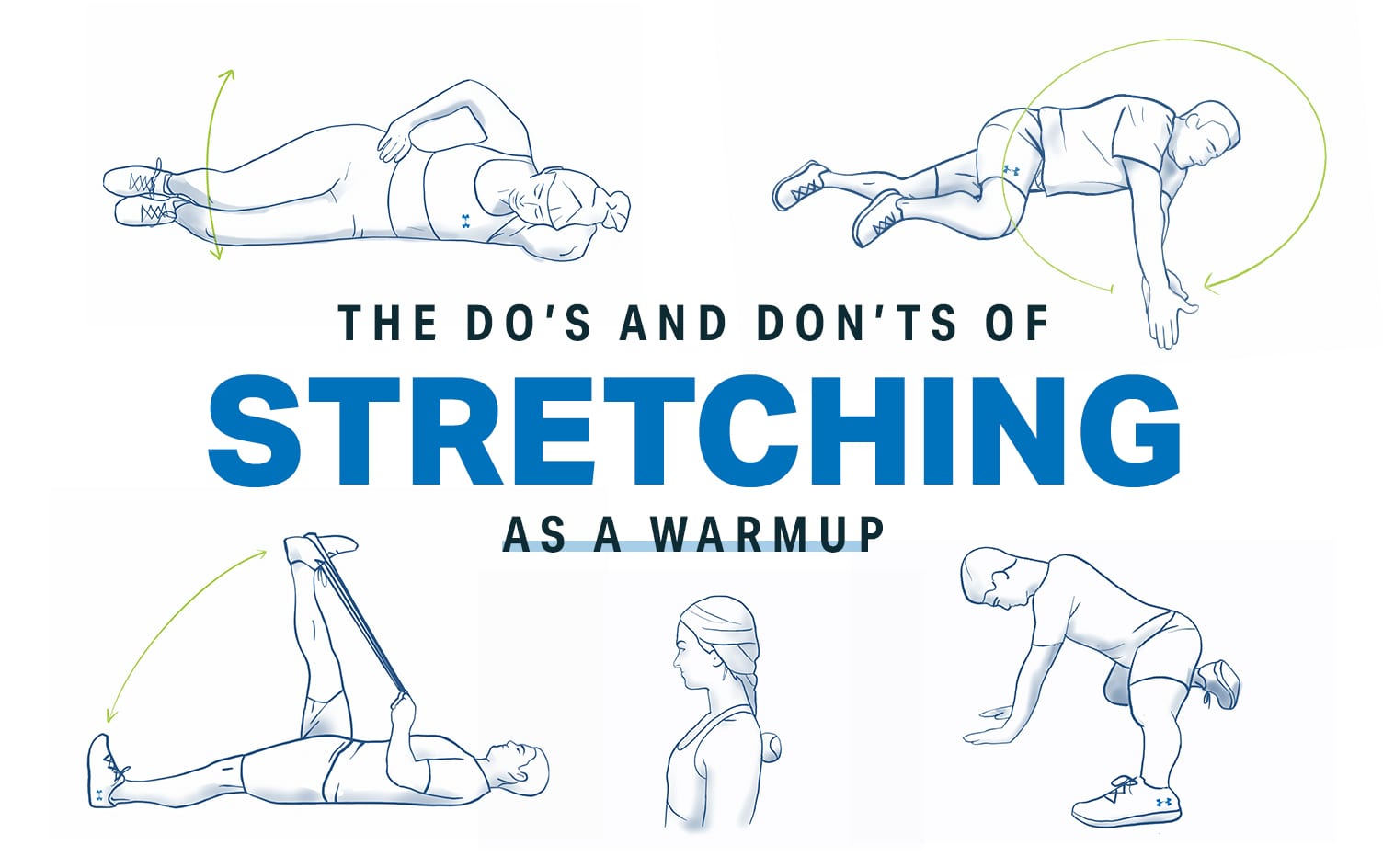Static stretching (holding a slightly uncomfortable stretch for 15–60 seconds) has taken a beating in the world of sports science over the years. What used to be everyone’s go-to warmup has now been vilified as ineffective or detrimental to performance. Still, many exercisers swear by static stretching, claiming it helps them feel better and more prepared to work out. Luckily, years of research on static stretching can point us in the right direction.
The science behind static stretching helps us understand why it’s not the best warmup option and why some stretches are simply poor choices for people looking to increase mobility, performance and injury resistance. Let’s explore the “why” behind stretching and break down five common stretches that don’t work as well as we once thought (along with safer and more effective alternatives).
THE SCIENCE BEHIND STATIC STRETCHING
Let’s be clear: Static stretching is effective for increasing range of motion; you just have to do it all the time. Research suggests static stretching doesn’t actually increase the length of your muscles, but rather your tolerance for stretching. So if you don’t stretch consistently, the benefits disappear; it’s a “use it or lose it” situation.
Perhaps the biggest knock against static stretching is it can decrease strength and power in the short term. If you stretch your muscles for 15–60 seconds and immediately lift weights, play sports or go for a run, you’ll experience a performance reduction. However, studies have repeatedly shown if you perform dynamic stretching — taking muscles and joints through their full range of motion repeatedly without holding a stretch — you’ll experience similar range of motion increases without a loss of strength or power.
Finally, some static stretches can torque joints, ligaments and nerves in a way that can cause pain or decrease stability if done repeatedly over time. This can be especially problematic for people with hypermobility (excessive flexibility).
WHY DYNAMIC STRETCHING IS BETTER
Simply swapping static stretches for dynamic stretches can ensure you’re warming up properly without decreasing the quality of your workout. Try these alternatives to five common stretches:

Tight hamstrings can make it hard to run comfortably or perform lower-body lifts like deadlifts and kettlebell swings. However, seated hamstring stretches — sitting and reaching for your toes to stretch your hamstrings — don’t address the real reason most people feel tight: a lack of core bracing.

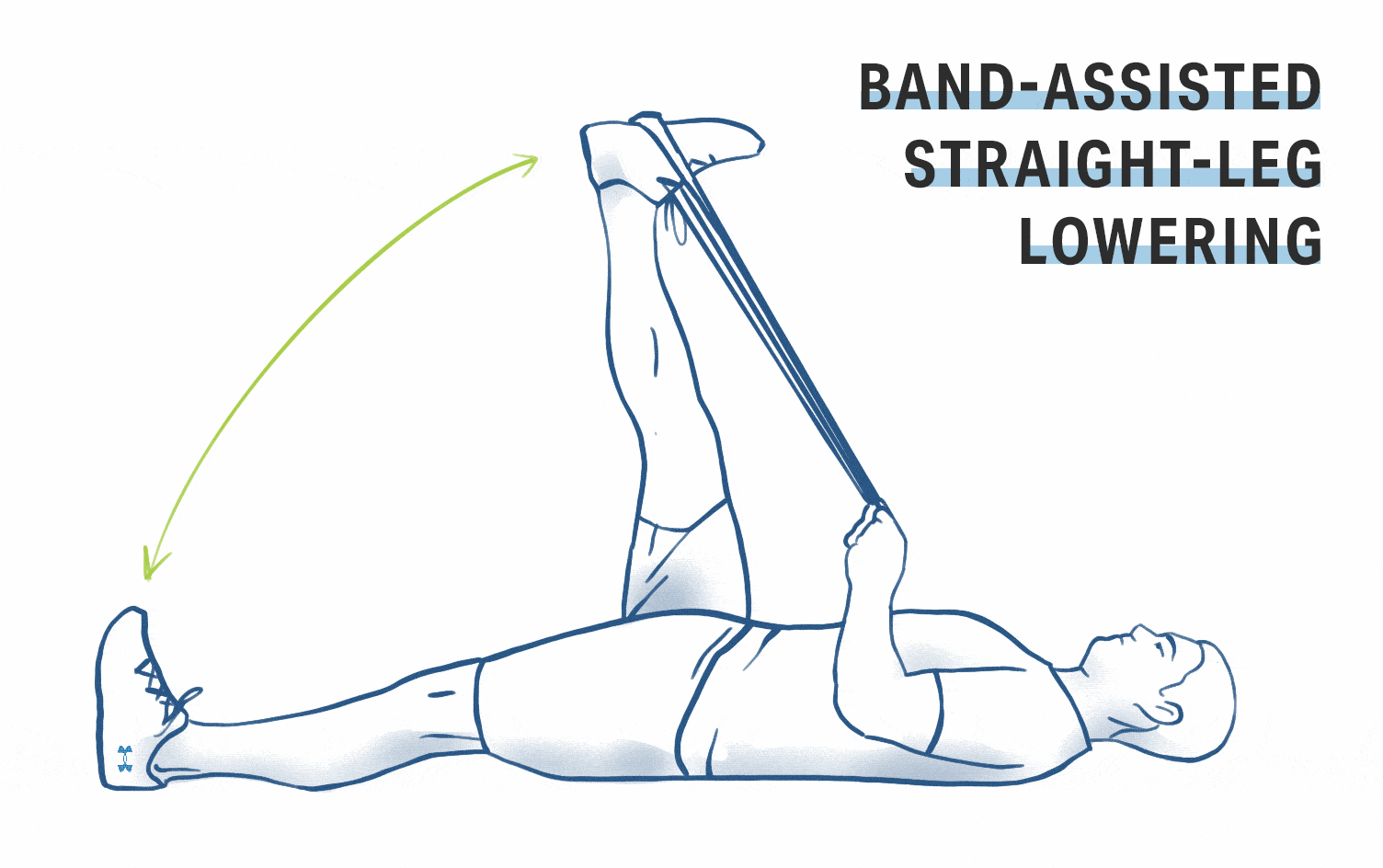
If your core muscles (your abs and obliques) aren’t active while exercising, your lower back picks up the slack. Band-assisted straight-leg lowering teaches you to brace your core while dynamically stretching your hamstrings. Make sure to push your lower back into the floor and exhale like you’re blowing up a balloon to fully activate your abs.

The butterfly stretch — with the soles of your feet together and knees out to the side — is thought to warm up your hips and groin, but if you aren’t highly flexible, this stretch can irritate your knees and hip ligaments. What’s worse, many people use their hands to push their knees down further into the stretch beyond their current flexibility limits.

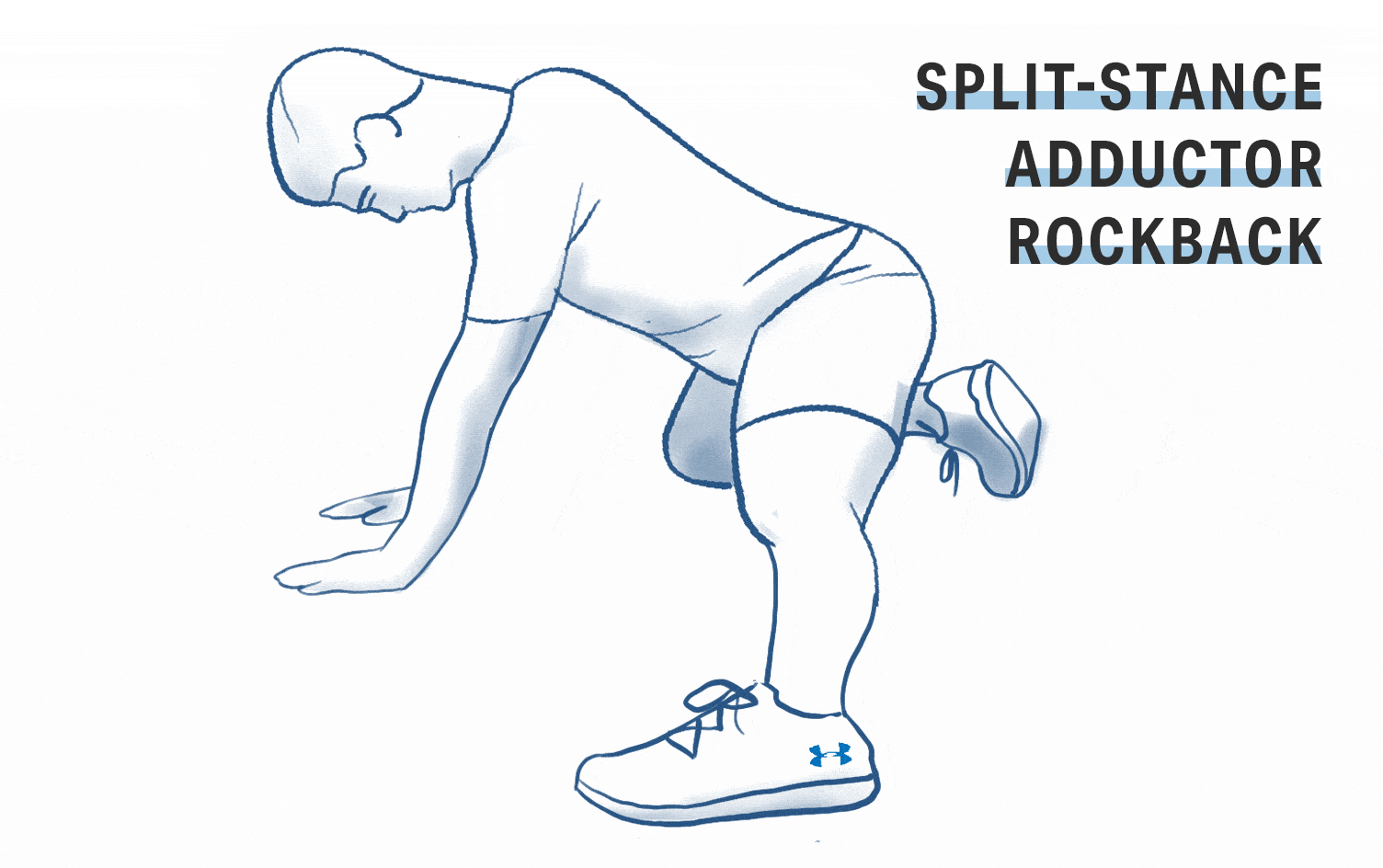
The split-stance adductor rockback — where you’re on all-fours with one leg out to the side — lets you dynamically stretch your hips and groin while working within your range of motion. Plus, being on your hands and knees as you move forward and back lets you adjust the angle of your leg to the position that gives you the best stretch.

Perhaps the world’s most common upper-body stretch, the crossbody shoulder stretch — where you bring a straight arm across your body and hold — is actually used by many physical therapists to test for shoulder impingement. The front of your shoulder houses dozens of sensitive structures such as rotator cuff muscles, your biceps tendons and thoracic nerves, none of which enjoy being intensely stretched. Purposefully cranking your shoulder into this position can often do more harm than good.

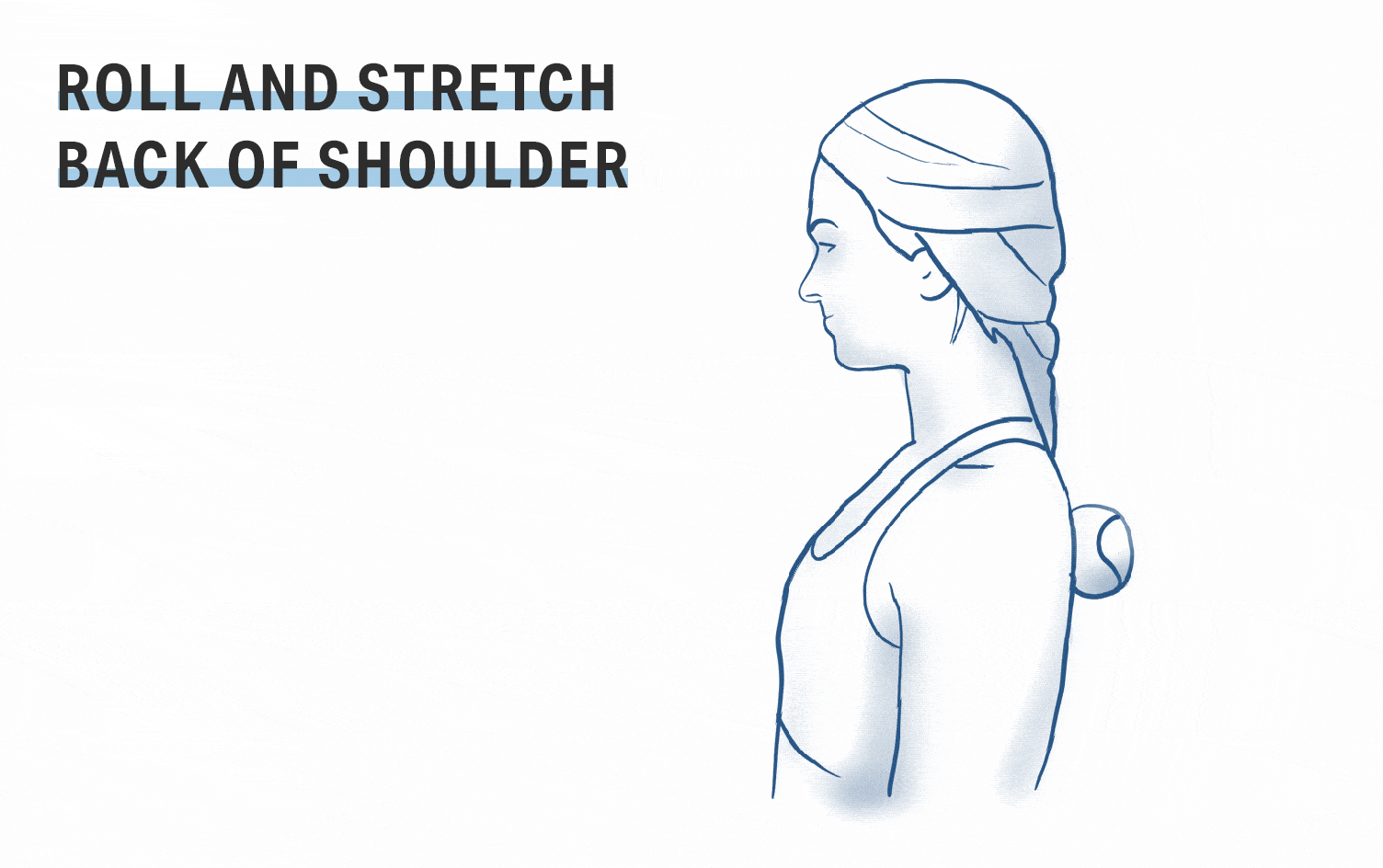
The quickest and safest way to improve your shoulder mobility is to roll the muscles on the back of your shoulder with a tennis ball or lacrosse ball. Simply pin the ball between a wall and your rear shoulder and slowly roll back and forth. You may find some tender spots, and when you do, breathe in and out deeply to reduce tension in those areas.

Did you know lower back pain is the leading cause of disability globally, according to a 2018 study? If your lower back is stiff, it might be tempting to try to stretch it directly, such as lying down with your knees dropped into a twisted position. However, your lumbar vertebrae aren’t designed to rotate very much (less than 20 degrees, or less than a quarter turn). Often a lack of thoracic (upper back) rotation and shoulder mobility can cause the lower back to rotate too much, which could lead to pain and injury.

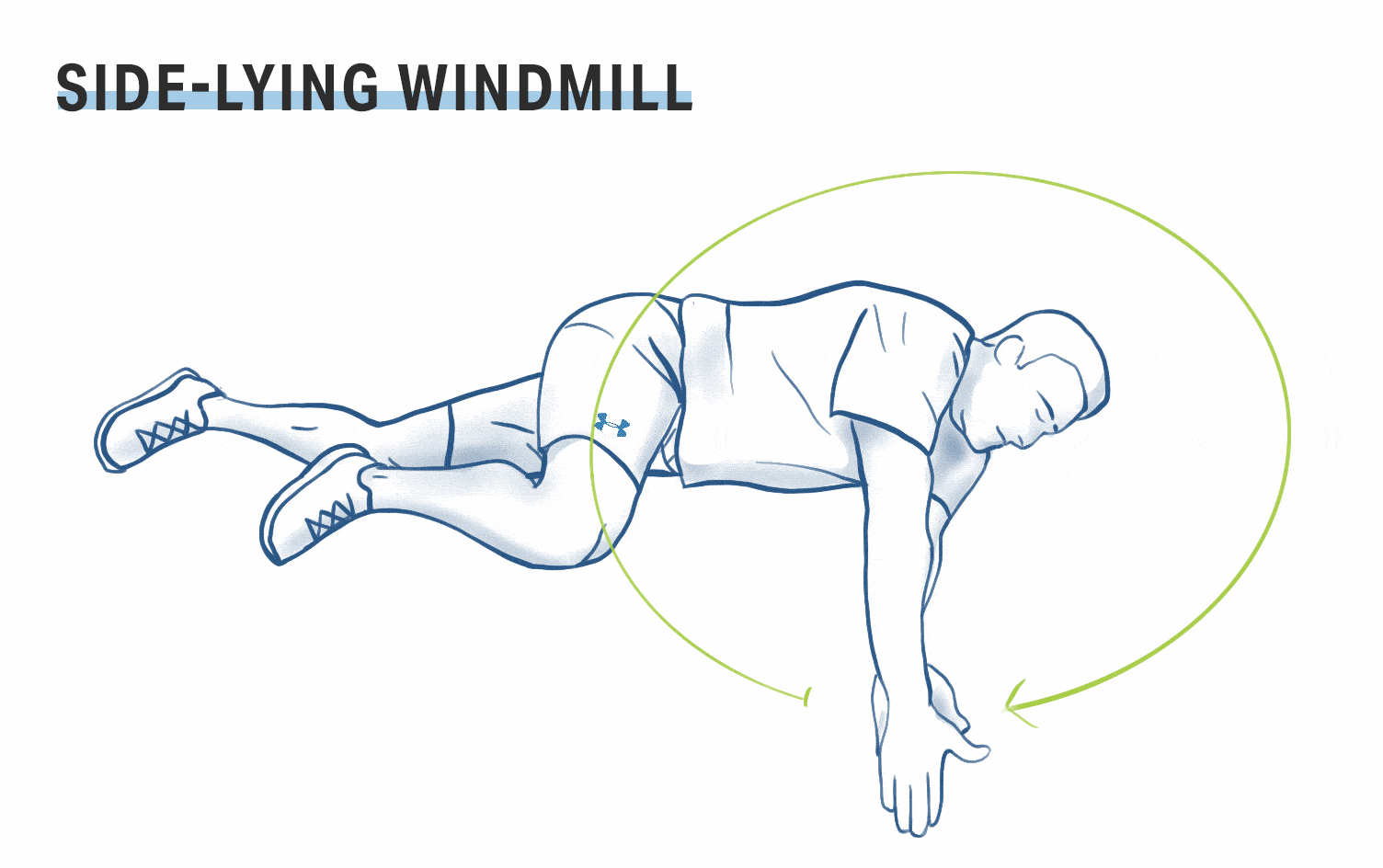
Rather than twisting your lower back, try the side-lying windmill, which opens up your shoulders, chest and upper back. This dynamic stretch — where you lie on your side and sweep your top arm around like a rainbow — works especially well for people with a hunched-over posture from sitting at a desk all day. Make sure to follow your hand with your eyes throughout the entire movement.

The largest tendon in the body, the IT band runs along the side of the upper leg. It’s massive size and location on the body makes it virtually impossible to stretch. Any stretch felt during a supposed IT band stretch is actually coming from muscles surrounding the IT band, such as your hips, hamstrings or quads. Because of its role in knee pain, especially in runners, people are often tempted to stretch the IT band — by crossing one leg in front of the other and bending over — in an attempt to reduce pain.

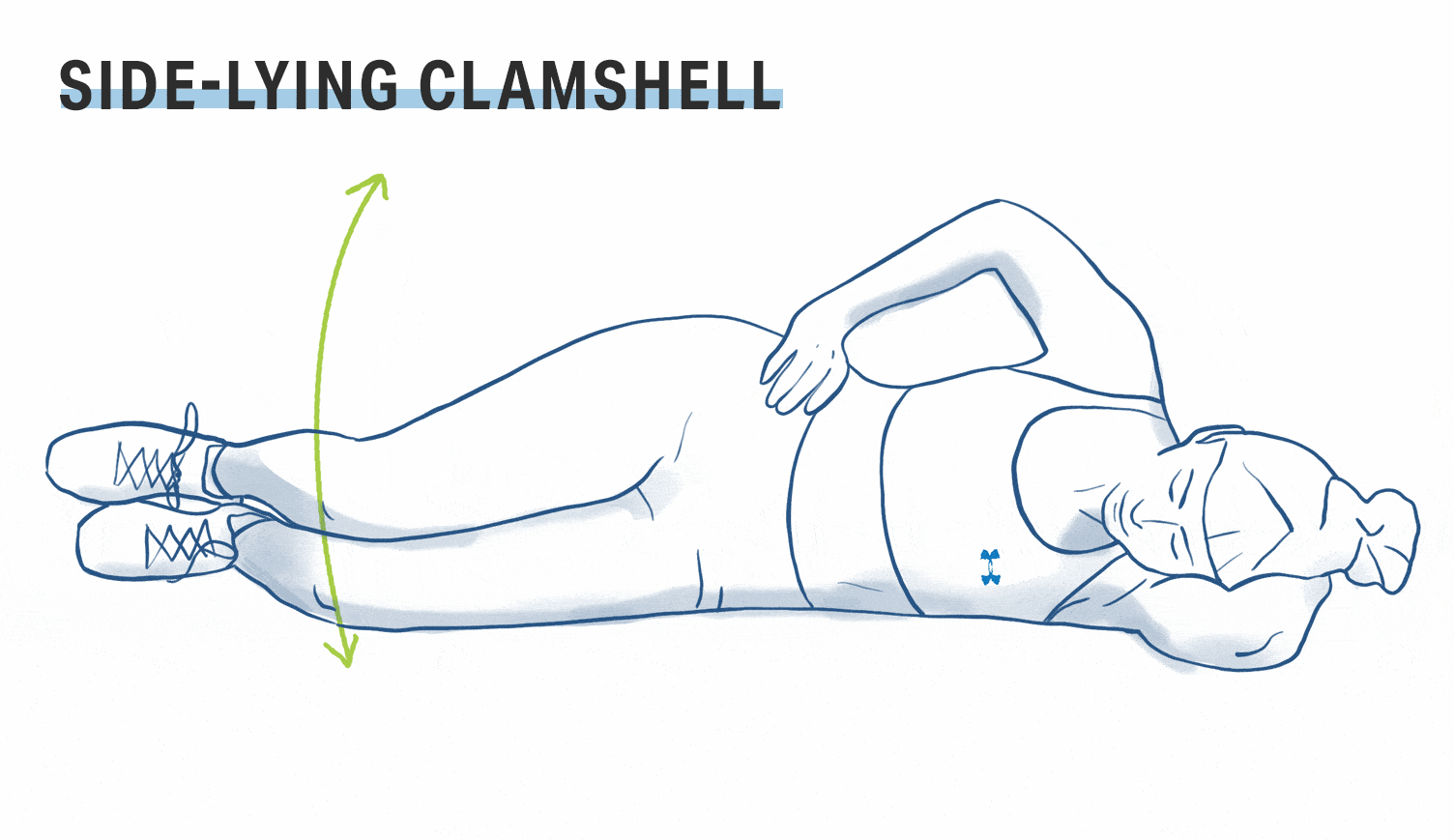
Knee pain associated with a tight IT band often stems from your tensor fasciae latae (TFL) muscle, which sits above your IT band. If your glutes aren’t strong, your TFL has to work overtime, which can make your IT band feel tight and painful. Rather than stretching an unstretchable structure, try strengthening your glutes with the side-lying clamshell to give your TFL a break.
READ MORE > A RELAXING MASSAGE-YOGA COMBO TO EASE TENSION
SAFER, SMARTER STRETCHING
We can craft a safe and effective mobility routine if we follow the guidelines science has taught us. Whether you’re warming up for a workout or trying to improve your mobility on its own, remember:
- Dynamic stretching increases range of motion without decreasing strength and power.
- Opt for dynamic stretches that reduce stress on vulnerable joints like your shoulders, hips and lower back.
- If you’re hypermobile, be careful not to overdo it with mobility training and prioritize strength training through a full range of motion.
Check out “Workout Routines” in the app to discover and log a wide variety of routines, or build your own routine with exercises that fit your goals.
